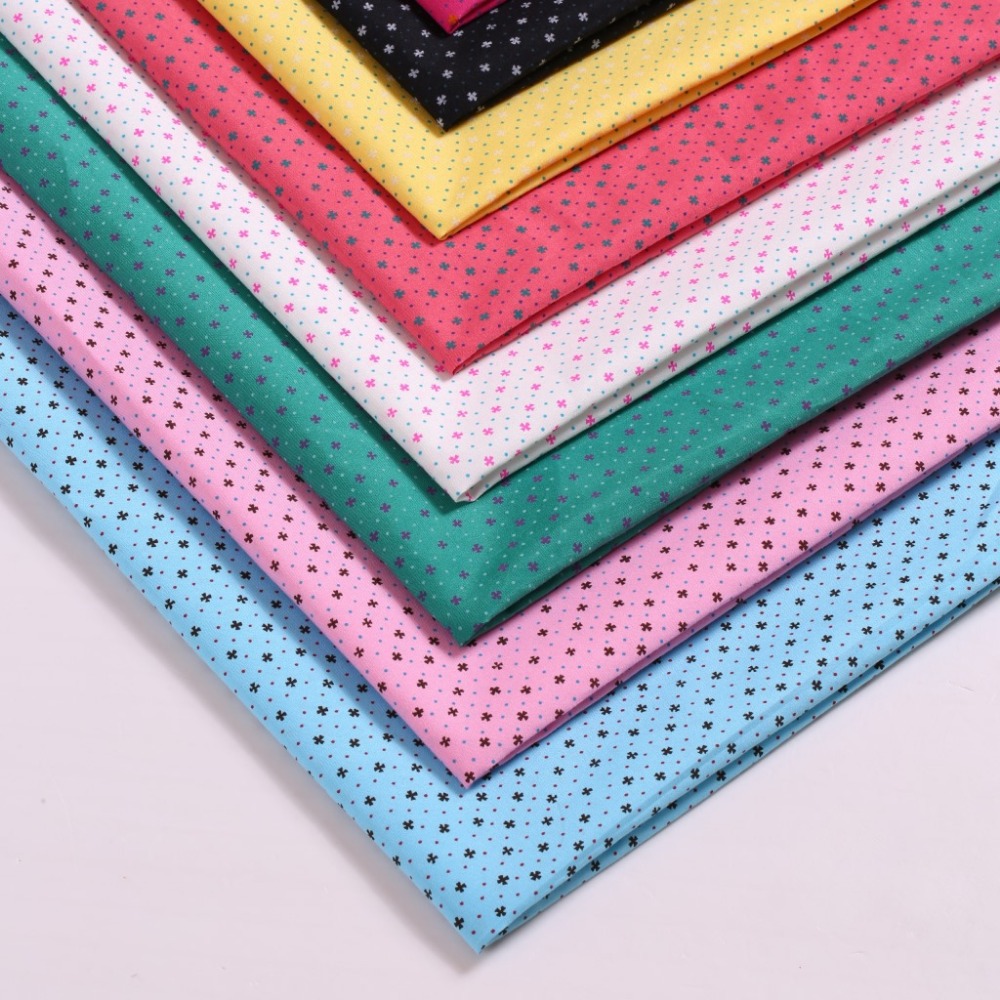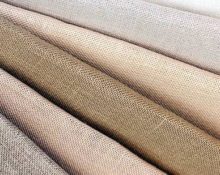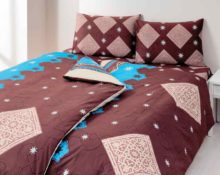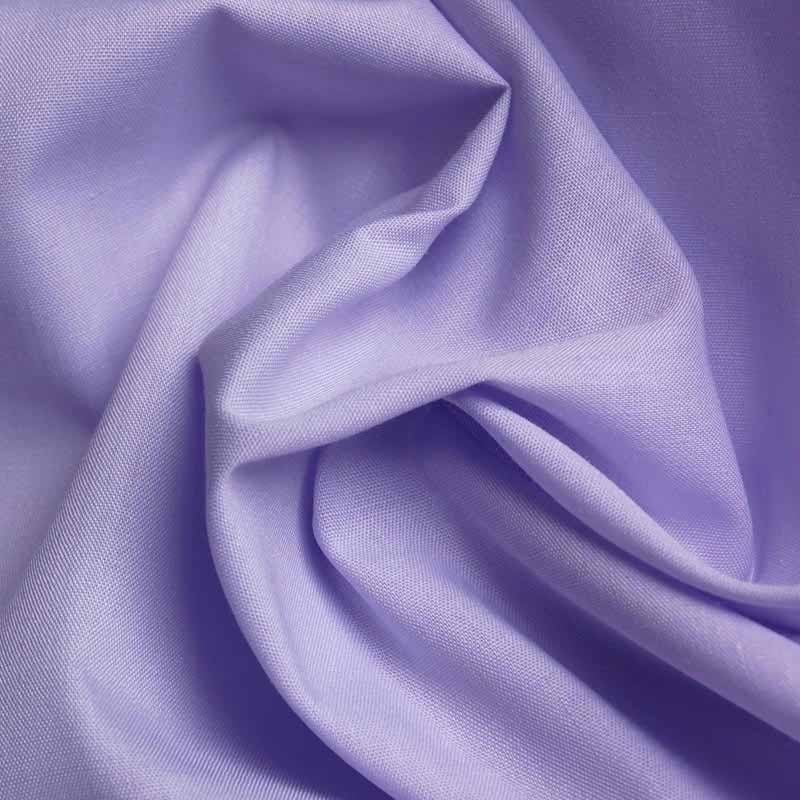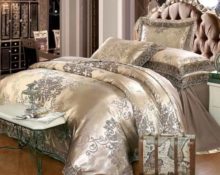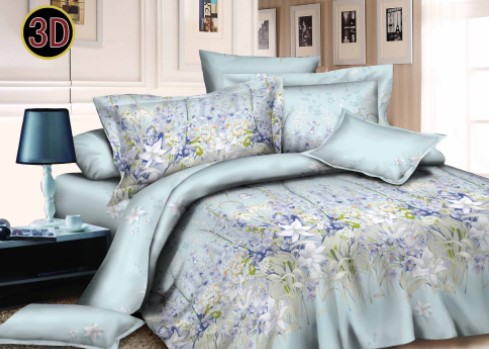Textiles are a set of fabric characteristics - color, texture, softness and other typical features that are tactile or visually perceived. If the bed linen is chosen perfectly, then the bed can certainly become a favorite resting place in the house, and sleeping on it will give you even more pleasant sensations, time after time making you sure that the choice was made correctly.
It has long been known that the quality of sleep directly depends on what kind of blanket a person falls asleep under and what he lies on. Linen determines the level of comfort: softness, coziness, protection from the cold coming from outside, etc. The most popular solutions in the form of fabrics used for sewing bedding are satin, calico and poplin.
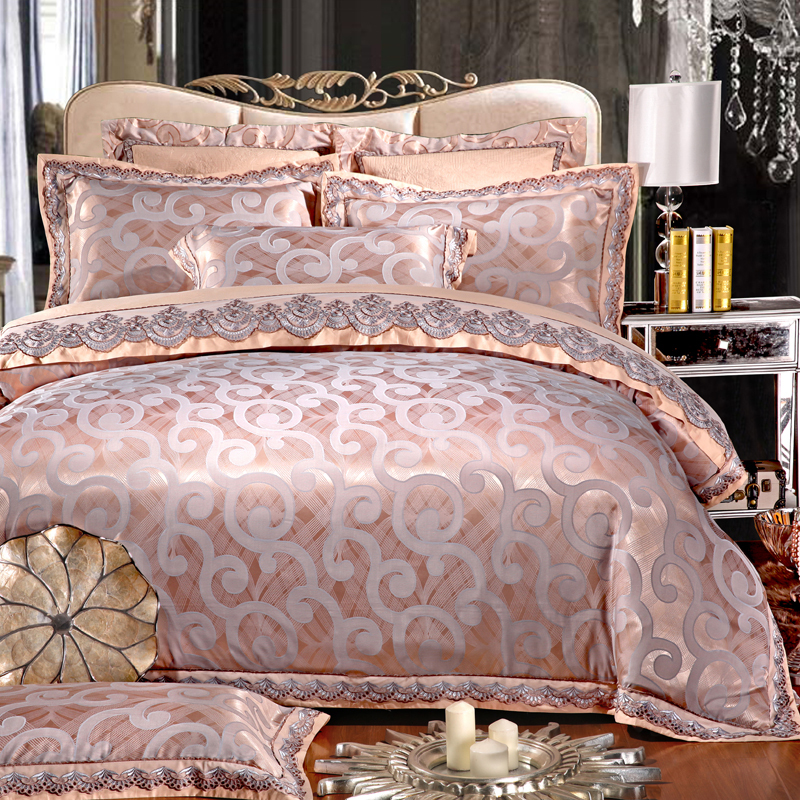
You can determine which is better for linen - calico or satin or poplin - by comparing their main characteristics. This will be discussed in the article.
Calico in bed linen
The optimal solution in terms of price-quality ratio is calico.It is a plain weave cotton fabric. The material is very dense, since up to 140 threads are knitted per 1 square centimeter.
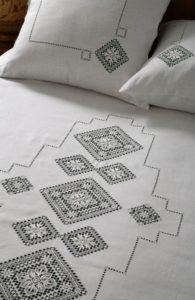 The cost of finished calico fabric depends on the fiber used in its production: the thinner threads it is sewn with, the denser it is, and, accordingly, the better quality.
The cost of finished calico fabric depends on the fiber used in its production: the thinner threads it is sewn with, the denser it is, and, accordingly, the better quality.
Calico can be presented in several versions:
- printed;
- smoothly painted;
- unfinished (severe);
- linen (bleached).
Initially, calico was used for sewing underwear, as well as light summer clothes. Currently, bed linen is most often embroidered from it, which is understandable, since the material has many advantages:
- hygiene - the fabric does not tend to accumulate microbes and other parasites on the surface, and also does not decompose and does not emit waste;
- low creasing - calico cannot be crumpled to such a state in which returning the fabric to its original position would be impossible;
- lightness - fabric products are very easy to care for: wash, iron, hang to dry, not least due to the fact that they are extremely light in weight, even when wet;
- wear resistance - according to some data, calico can withstand more than 250 washes without losing its basic properties - the result is more than impressive.
It is perhaps impossible to identify obvious shortcomings in bed linen made from calico - it is not for nothing that the material is the most popular for sewing it.
Satin in bed linen
 The peculiarity of the material is that it is made from double-weave threads, very tightly twisted together.Moreover, the brightness of the resulting material and its ability to reflect rays from any external light source directly depend on how tightly each thread was twisted. The density of the fabric is very high - there are up to 140 threads per square centimeter. There are several varieties of satin and they are all identical to their calico counterparts:
The peculiarity of the material is that it is made from double-weave threads, very tightly twisted together.Moreover, the brightness of the resulting material and its ability to reflect rays from any external light source directly depend on how tightly each thread was twisted. The density of the fabric is very high - there are up to 140 threads per square centimeter. There are several varieties of satin and they are all identical to their calico counterparts:
- smoothly painted;
- bleached;
- printed.
There are currently a great many options for using satin as a sewing material. Shirts, dresses, linings for autumn and winter warm clothes are sewn from it, and curtains made of satin are widely used. However, it is mainly used for making bed linen. Among the advantages that this fabric has are:
- practicality - dirt, wool, food crumbs and other waste do not stick to it;
- durability - even after 300 washes, satin does not lose its properties;
- strength - thanks to the high density of threads that make up satin, the fabric is extremely difficult to damage or deform to the point of complete unsuitability;
- excellent thermal insulation - sleeping under bedding made of this material is really warm and comfortable;
- extraordinary softness - in this regard, there is little that can compare with satin linen (provided that the fabric consists of natural fiber).
Among the shortcomings, one can only highlight the somewhat inflated cost of products made from it. However, for many this is unlikely to be an obstacle to purchasing truly high-quality items.
Poplin in bed linen
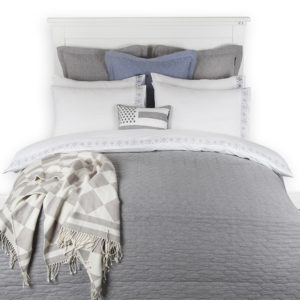 Initially, several centuries ago, poplin was made from silks, and tailoring was carried out by order of high-ranking government officials.Currently, this fabric is based on cotton or chemical fibers.
Initially, several centuries ago, poplin was made from silks, and tailoring was carried out by order of high-ranking government officials.Currently, this fabric is based on cotton or chemical fibers.
Poplin is not a very dense material, but this gives it extraordinary lightness. It is perfect for sewing bed linen for the summer season or for sets used in very well-heated rooms. Poplin fabric allows the whole body to breathe perfectly and not sweat even after being under it for a long time. At the same time, the material cannot be “blamed” for poor thermal insulation.
But the main advantage of poplin – exceptionally pleasant sensations with every tactile perception. Sleeping covered with a blanket made from it is a pleasure. Being able to withstand about 120 washes, the fabric wears out quite slowly. Well, the cost of such linen is another pleasant surprise for potential buyers.
For those whose sleeping place is not located in the warmest corner of the room, a poplin blanket will not be the best option for escape from the cold, but this problem can be easily solved by covering yourself with a second blanket of the same type.
Fabric differences
For the most part, for ordinary people, the difference between calico, satin and polyline will be noticeable only upon closer examination, and what is even more likely - only by touch. At the same time, it is hardly possible to choose the best one based on such sensations - therefore, the choice will be rather subjective and will only reflect the personal preference of a particular consumer.
If you make an objective comparison, you need to be based on the following characteristics:
| Textile | Ironing | Wash | Feelings from contact | Market price |
| Calico. | Irons well at high temperatures. | Washable in any mode. | The fabric is pleasant, but may seem rough for sensitive skin. | Low. |
| Satin. | It withstands high temperatures well and is easy to iron. | Can be washed in hot water. | Excellent tactile sensation. | Quite tall. |
| Poplin. | Due to its low density, it requires careful ironing. | Requires washing on a gentle cycle. | Very soft and light fabric, pleasant to the touch. | Available. |
Conclusion
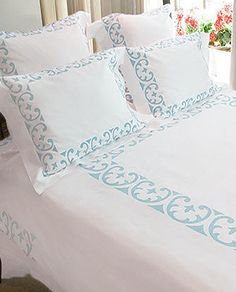 Even based on the results of comparative studies, it would be incorrect to recommend bed linen made from one material: calico, satin or poplin, since each has a number of advantages. In this case, the choice may be based on the personal preference of the consumer: depending on the color scheme in which a particular bedding set is presented and other similar characteristics.
Even based on the results of comparative studies, it would be incorrect to recommend bed linen made from one material: calico, satin or poplin, since each has a number of advantages. In this case, the choice may be based on the personal preference of the consumer: depending on the color scheme in which a particular bedding set is presented and other similar characteristics.
It is safe to say that all three materials are the standard of quality for sewing bed linen and, regardless of which of them the finished product is sewn, the result will not disappoint the buyer. But still, bed linen made of high-quality satin has rightfully won the love of the consumer.


 3
3